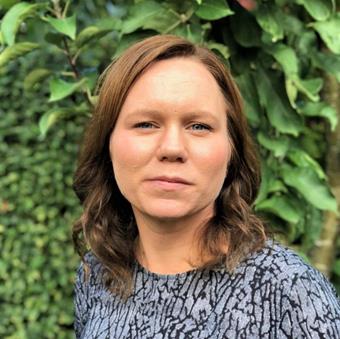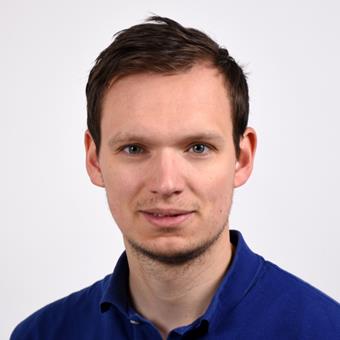In hindsight, the inventor of Sketchpad, Ivan Sutherland maximized the technological possibilities available in the 1960s. changing industry as it became vastly easier to draft designs and this spurred major innovations over the next half-century. The premise has changed since the 1960s. There is no longer a struggle in draft design, but many new fields need an innovative touch.
Two of the current industry challenges Design Automation Laboratory study are:
- Engineering-To-Order (ETO) products and
- Complex Engineering Products
In order to face the above challenges, we focus currently on following research areas:
- Knowledge Based Engineering
- Multidisciplinary Design Optimization
- Machine Learning
- System of Systems Engineering










